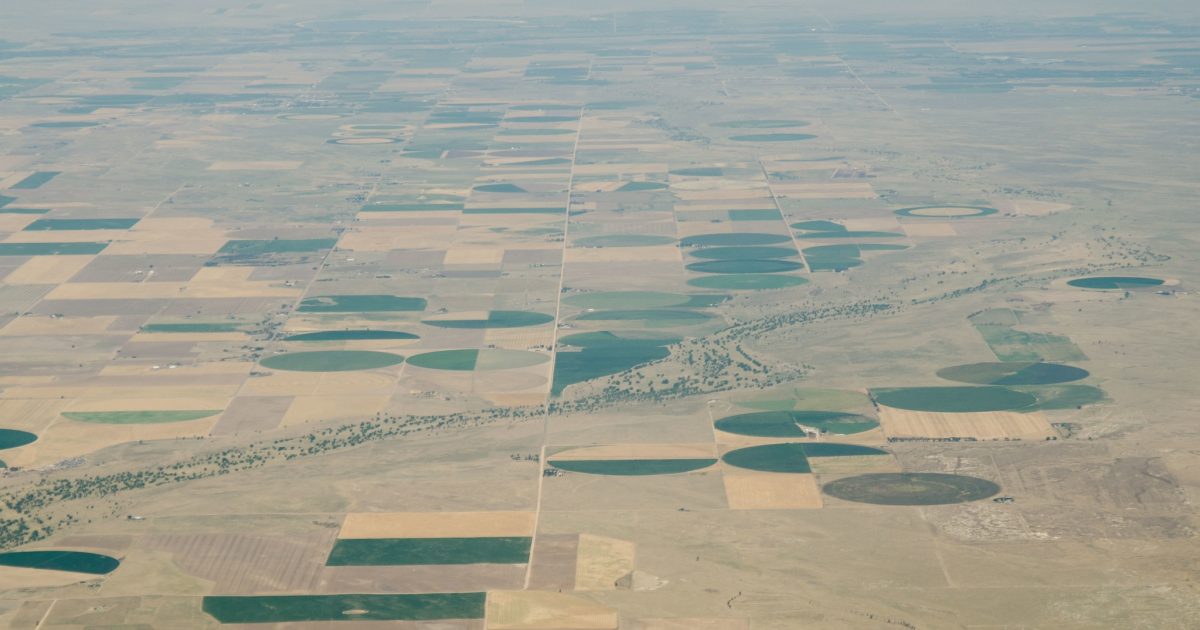Greedflation, shrinkflation, eggflation, greenflation: we’ve been introduced to a lot of new, made-up words over the last few months that try to make sense of the high prices that people around the world are currently grappling with. First came the pandemic-induced supply-chain blockages that triggered the early shoots of inflation. Then came the war in Ukraine that precipitated an unprecedented energy crisis. In the UK, the Liz Truss’ ‘mini budget’ was a dumpster fire of tax cuts for the rich that sparked a relentless rise in interest rates and borrowing costs. Companies haven’t covered themselves in glory either, with some artificially inflating the prices of their products and exploiting hapless customers. Amidst all this, the mainstream discourse, however, has largely ignored the looming shadow of climate breakdown behind our inflation woes.
Turn on the news or look out the window almost anywhere in the world right now and you are likely to see extreme weather in action. In Hyderabad, an Indian metropolis from where I am writing this piece, the streets are flooded and the city has ground to a halt. New Delhi, Gujarat, Mumbai and several other states are reeling under heavy rainfall, causing significant disruption. The unprecedented heatwaves in western Europe, parts of Asia and North America are shattering records and turning urban areas into inhospitable places. The immediate loss of life, homes and property is immense — but it is also signalling a new economic era of ‘climateflation’. As scientists declare that this extreme weather is the new normal, climate-induced inflation is here to stay.
The most pronounced impact has been on food prices around the world. Across the wealthy G7 nations, food prices remain the most persistent element of inflation, even as energy prices have plummeted from their recent highs. Italy, which experienced its worst drought in 70 years last year, saw its rice production fall by a third, leading to an almost doubling in rice prices over the last 12 months. India saw another year of lower than expected production of wheat, a global staple, as scorching summers, which are now starting earlier in the year, are drying out the wheat crop just before harvest. Another staple, tomatoes, saw a 400% jump in prices over the last few weeks, instigating a flood of online memes in India, showing tomatoes as the new currency of exchange. The result of these shocks is a steep rise in food prices globally, with the Food and Agriculture Organisation (FAO) declaring that global food prices have risen by 70% since mid 2020.
The FT plotted the impact of inflation on typical breakfast items and noted that orange juice has trebled in price in the last 2.5 years. This has been driven by the impact of hurricanes in Florida that caused damage worth nearly £1bn to orange plantations. Brazil, which provides the majority of the world’s orange juice, has also seen its production figures stall under drought conditions. Beyond these direct impacts, disruption of our climate and natural ecosystems is also contributing to the rise in epidemics such as bird flu, which is making, in part, the eggs we consume dearer.
One could go on and on about the litany of essential products that the climate crisis is making more expensive. And as with most climate impacts, the harms are being borne by those on the lowest incomes, predominantly in the Global South, especially in the least developed nations. National government responses to such crises in food yields have been to curtail exports and protect domestic access to foodwhere possible. Last year the Indian government placed an export ban on wheat to protect domestic consumption. Brazil has done the same recently, stockpiling commodities such as rice, soybeans and wheat, instead of selling or exporting them. In our highly globalised and interconnected economy, such moves from agriculture-heavy nations can have a cascading effect on prices along the supply chain.
The UK is particularly vulnerable. We import roughly 50% of our food, and a much higher proportion of fruit and vegetables — 84% of our fresh fruit is imported. We rely on specific regions to provide our food: Spain and Italy, for example, provide 15 – 20% of all our fruits and vegetables, and the recent extreme weather in both countries is already driving up prices at the tills. This has a real impact on lives in the UK. In January, more than one in six households said they had skipped or had smaller meals because of a lack of money, compared to one in 12 just two years ago. The Climate Change Committee, in its latest progress report on climate adaptation, noted that the UK is grossly unprepared for shocks to food prices. They say this government has not made enough progress on previous commitments and has a significant lack of policies and plans.
Building domestic resilience to food price volatility and tapping into greater international solidarity will be vital if we are to mitigate the worst impacts of climateflation on the world’s poor, and on UK households. Central bank interest rate hikes and freezing foreign aid, as the UK has done, are driven by short-term objectives and fail to address the bigger picture. Both leading political parties in the UK have remained largely silent on the question of climateflation, and on the devastating extreme weather sweeping across the globe. Both proclaim their efforts to put the country back on the economic growth pill, rather than address one of the key underlying causes of our economic woes: the climate crisis.
Image: Lance Cheung USDA


